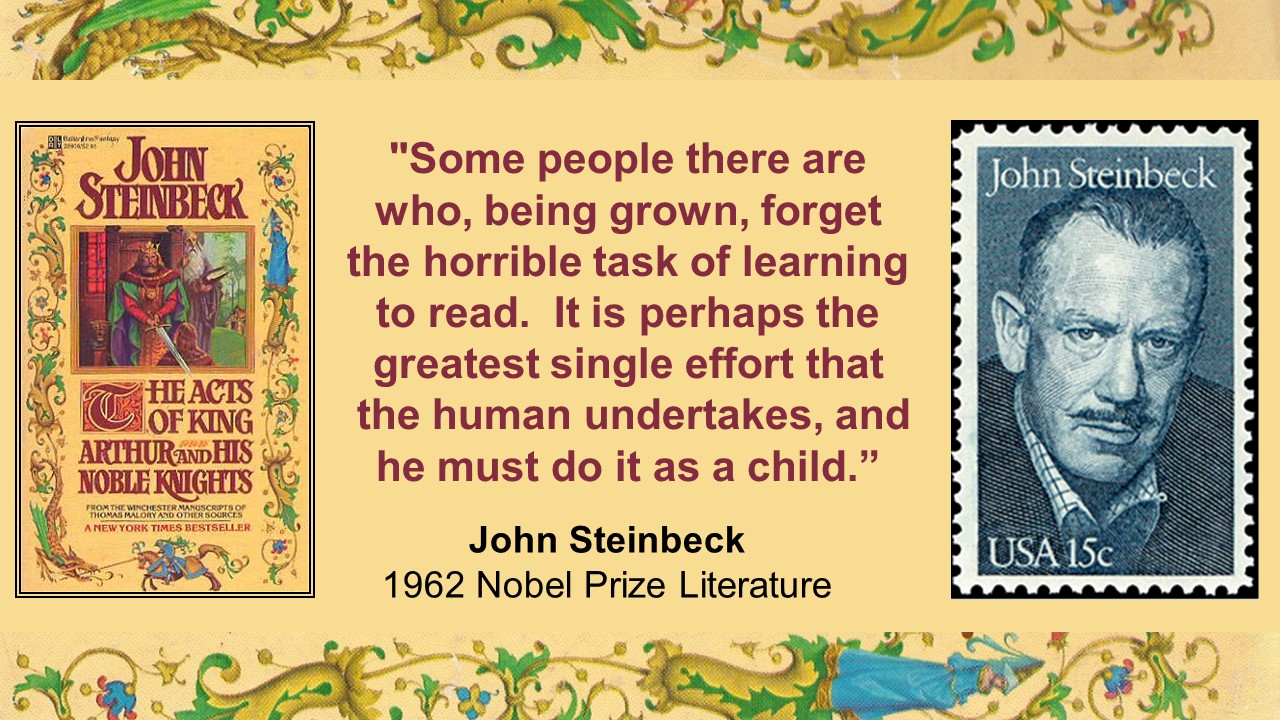This clip begins with Dr. Peterson suggesting that motivating kids to learn to read is key to improving our educational and societal improvement efforts. He then proceeds to provide an overview of the conventional (Science of Reading) model of teaching reading. The clip ends with the prescient statement: “if the faculties of education were doing their job they would have produced technology to solve the problem for virtually every child”.
During his overview of reading instruction, Dr. Peterson asserts that we must teach letter combinations as the basis for sounding out syllables and words. He goes on to say that children must intensely massively practice intrinsically uninteresting automatization exercises in order to “get them to the point they can read for content”.
He is quite right to say that reading for content – reading for comprehensive meanings – requires machine-like reflexive responses to the letter-sound-spelling patterns in words. However, his assertion that we must use abstract letter-sound-spelling instruction to train such pattern recognition reflexes, is false. This is the same assumption the “Science of Reading” revolves around. It’s wrong.
Abstract pattern recognition training is not a necessary prerequisite to learning to read, it is a consequence of having to learn to read in a static media environment. We only need to pre-train brains to reflexively respond to letter-sound-spelling patterns if the words used to learn to read with are static, inert, and unable to support learners’ on-the-fly learning-to-read needs. It was understandable in the paper-based world of 500 years ago, or even 50 years ago, but today this assumption is the single greatest impediment to our progress in reading.
In the age of inexpensive ubiquitous devices, online access, and ever greater AI, it is inevitable that the future of learning to read will be facilitated (as Dr. Peterson wisely suggests) by smart technology that can individualize teaching reading. Rather than offline and in prep for later reading, inevitably technology will teach and support reading in the real-time live flow of reading. Once the words a learner encounters are their own reading tutors, the need for “intensely massive automatization training of intrinsically uninteresting letter-sound patterns” will go into the dustbin of history.
So, Dr. Peterson, the obstacle to your lament that this should have been solved long ago with technology, is the paradigm inertia you perpetuate in the way you conceptualize the process of teaching reading.
| Most Adults and Kids Less Than Proficient |  |
| Learning to Read |  |
| Steinbeck’s Appalled Agony |  |
| Literacy Learning: The Fulcrum of Civil Rights |
 |
| Challenging the Experts |  |
| Reading Shame |  |

[…] “this is much more connected to the problems” (the same point Jordan Peterson makes) […]
[…] in Reading Science: https://learningstewards.org/paradigm-inertia-part3/ Flawed Assumption: https://learningstewards.org/jordan-peterson-reading/ Emily Hanford – (my response to): https://learningstewards.org/what-the-words-say/ […]
[…] Flawed Assumptions […]
[…] Flawed Assumptions […]